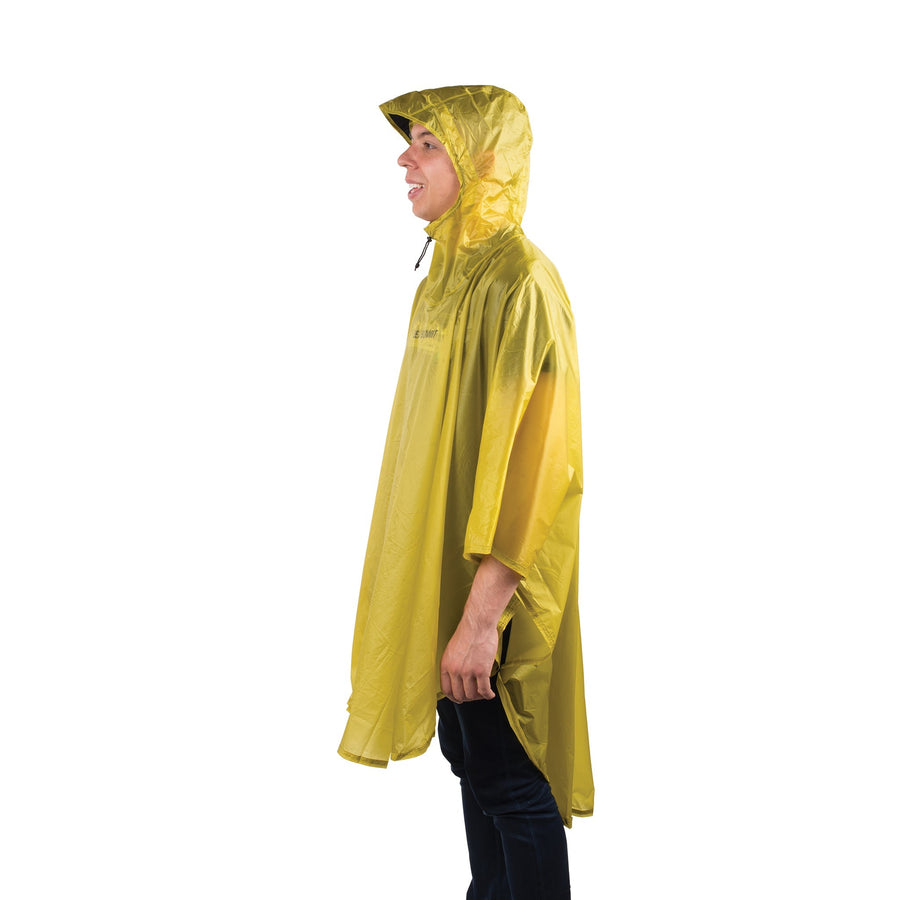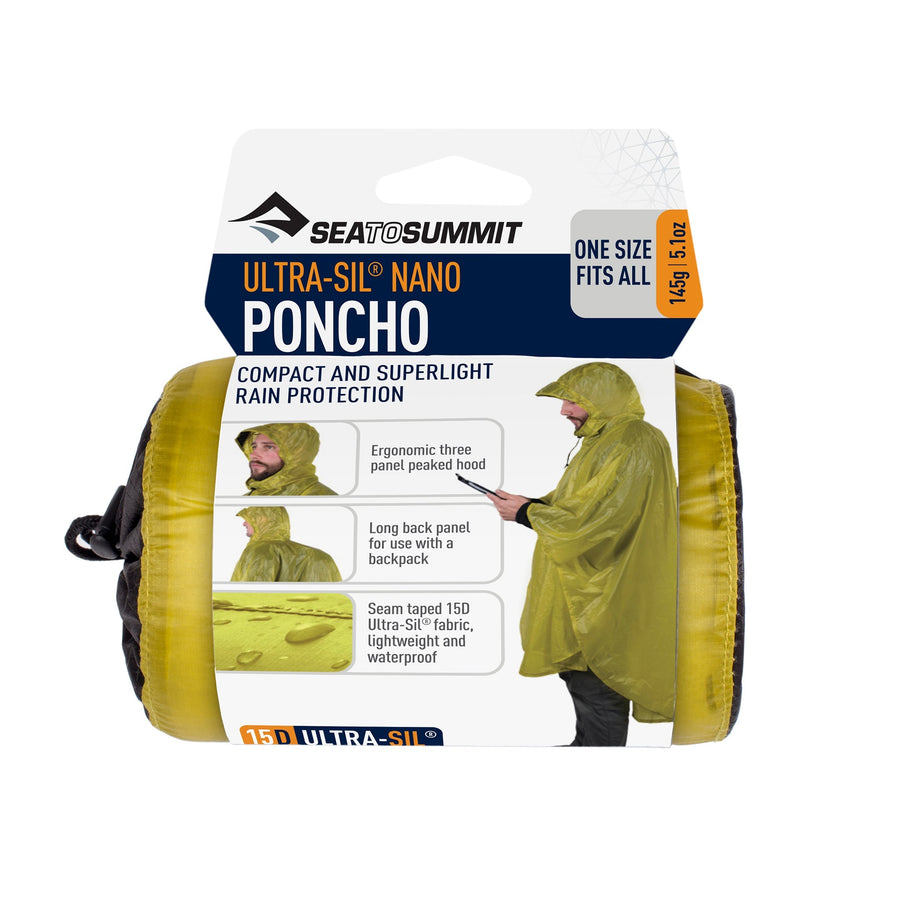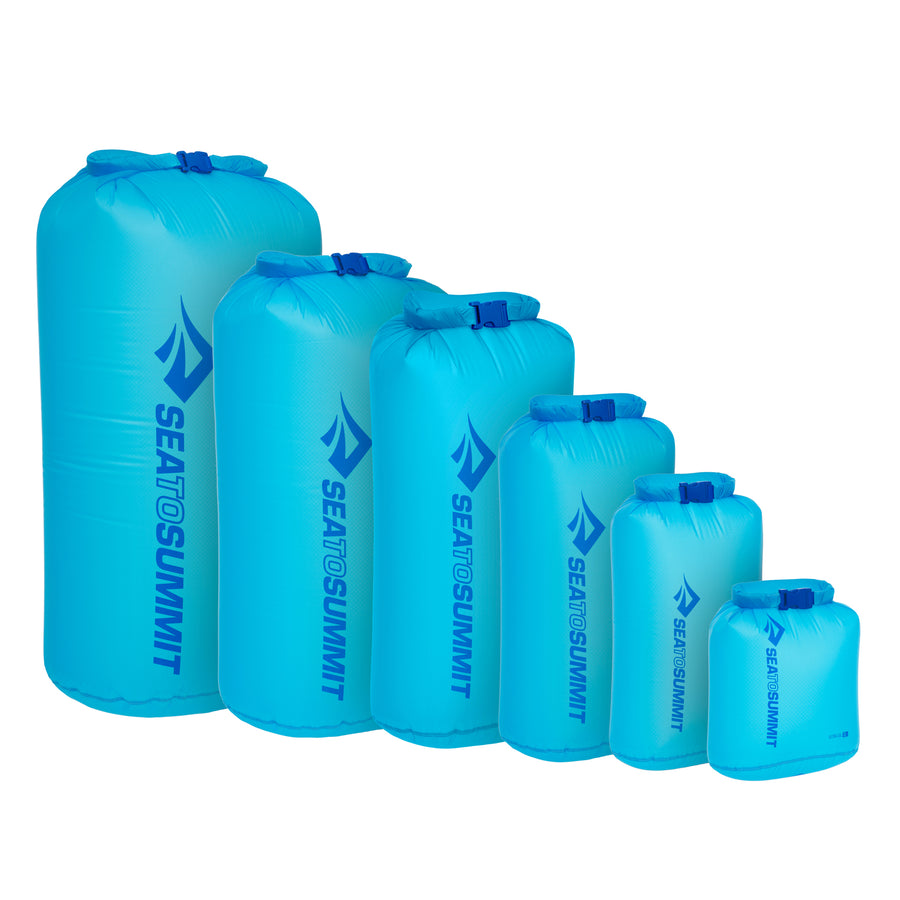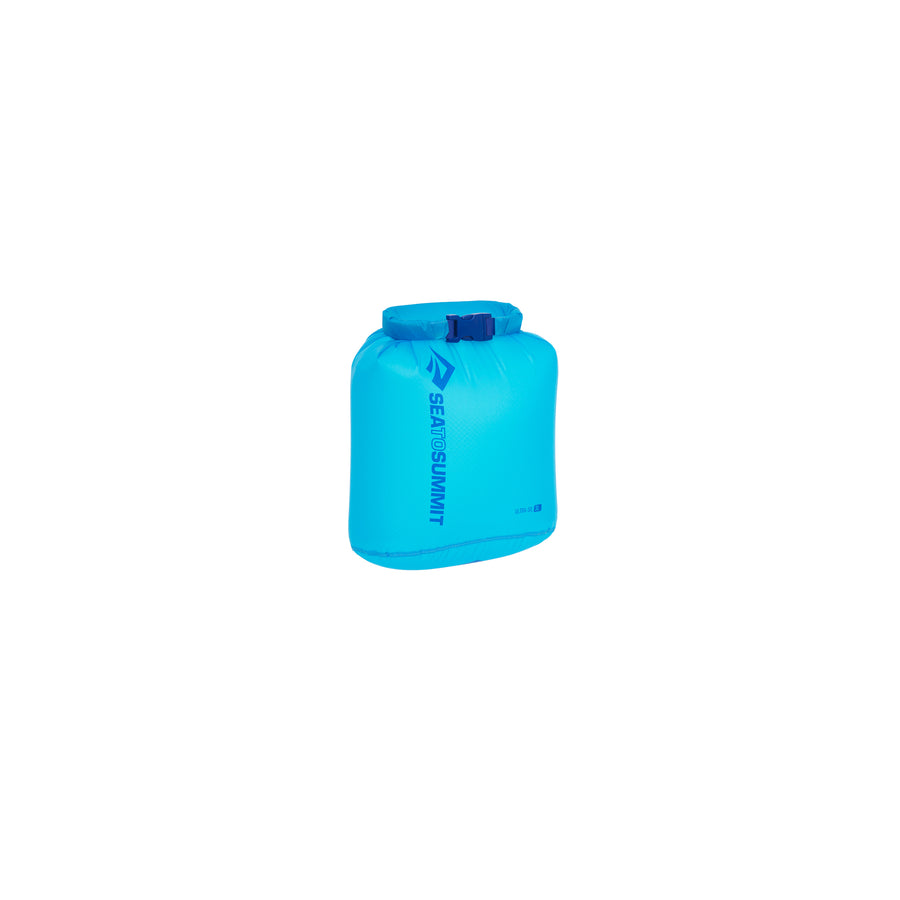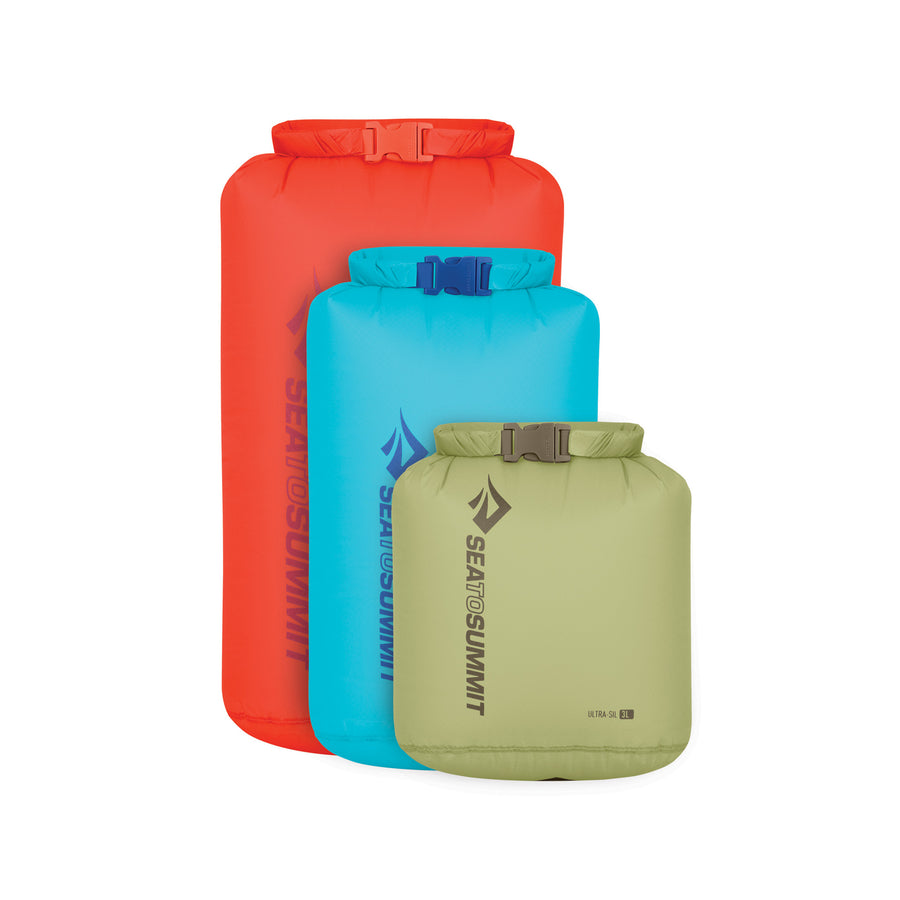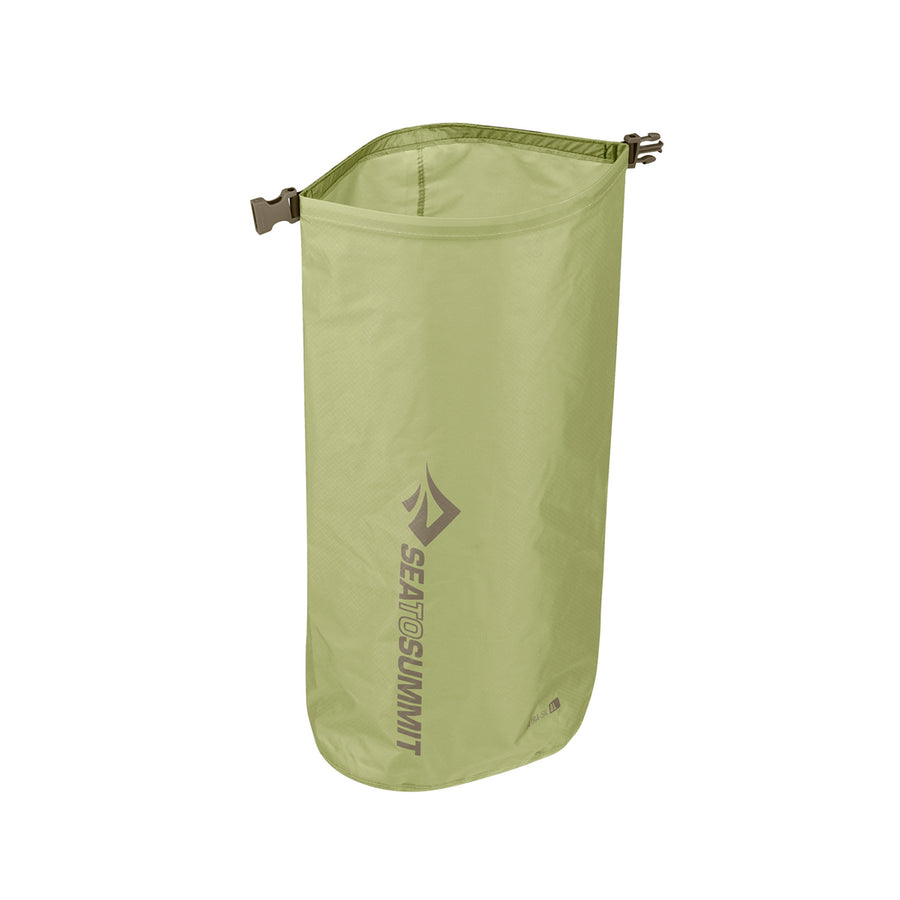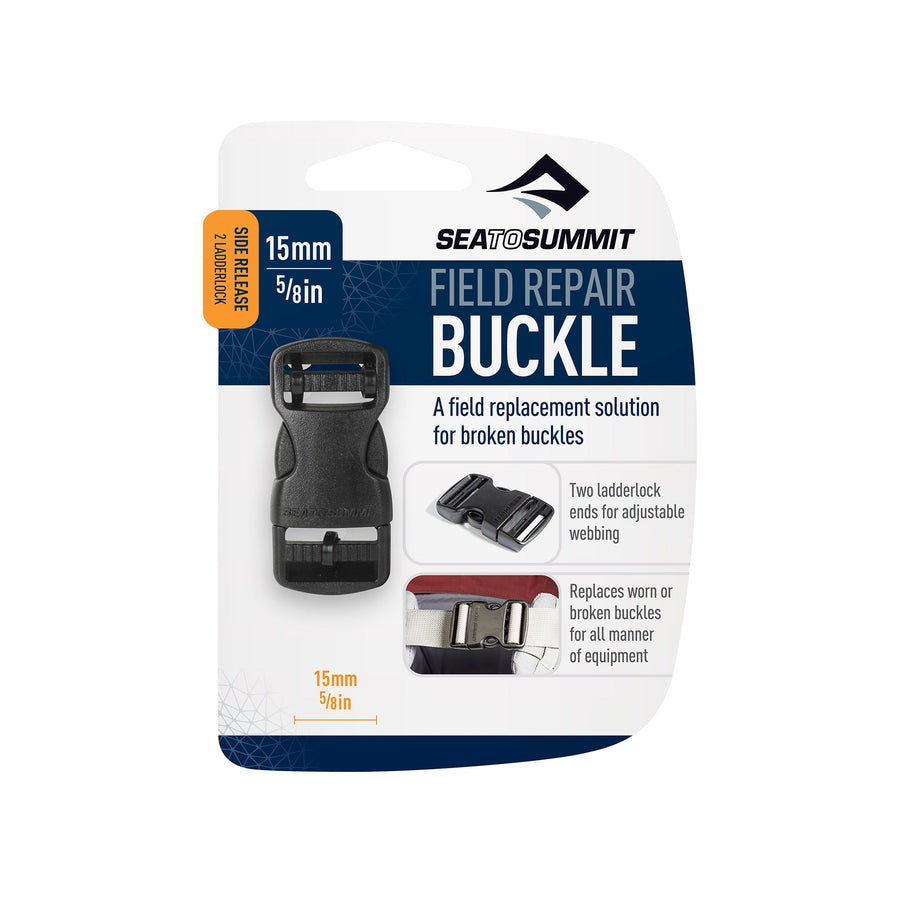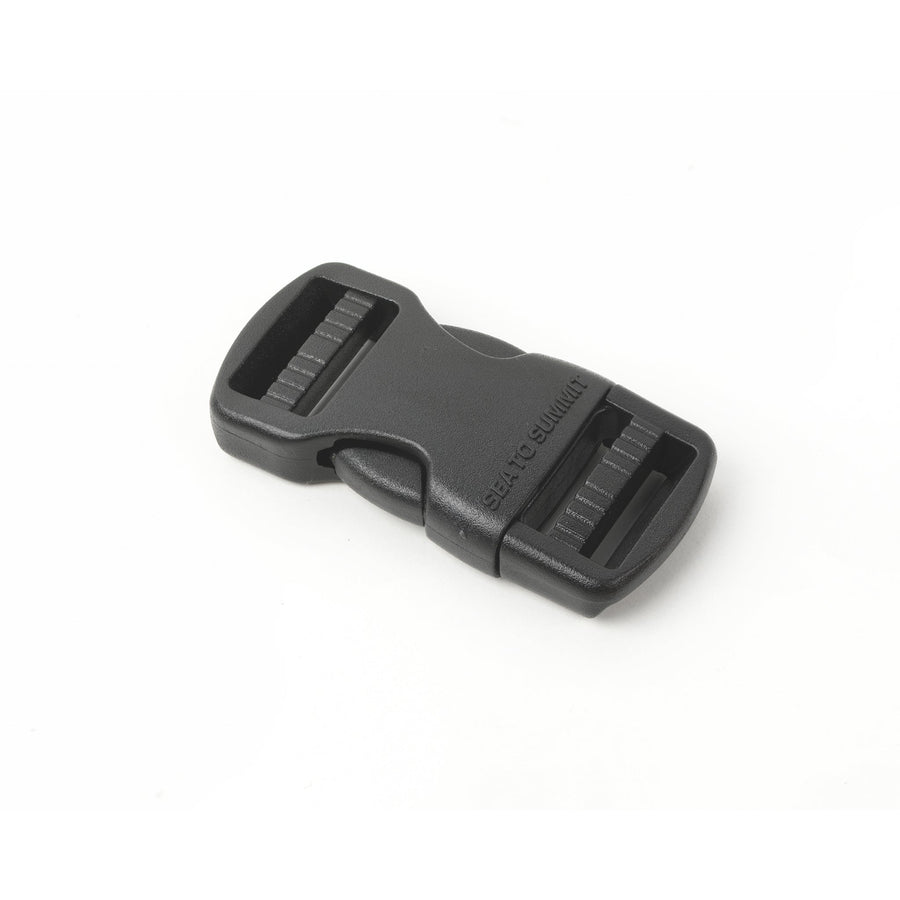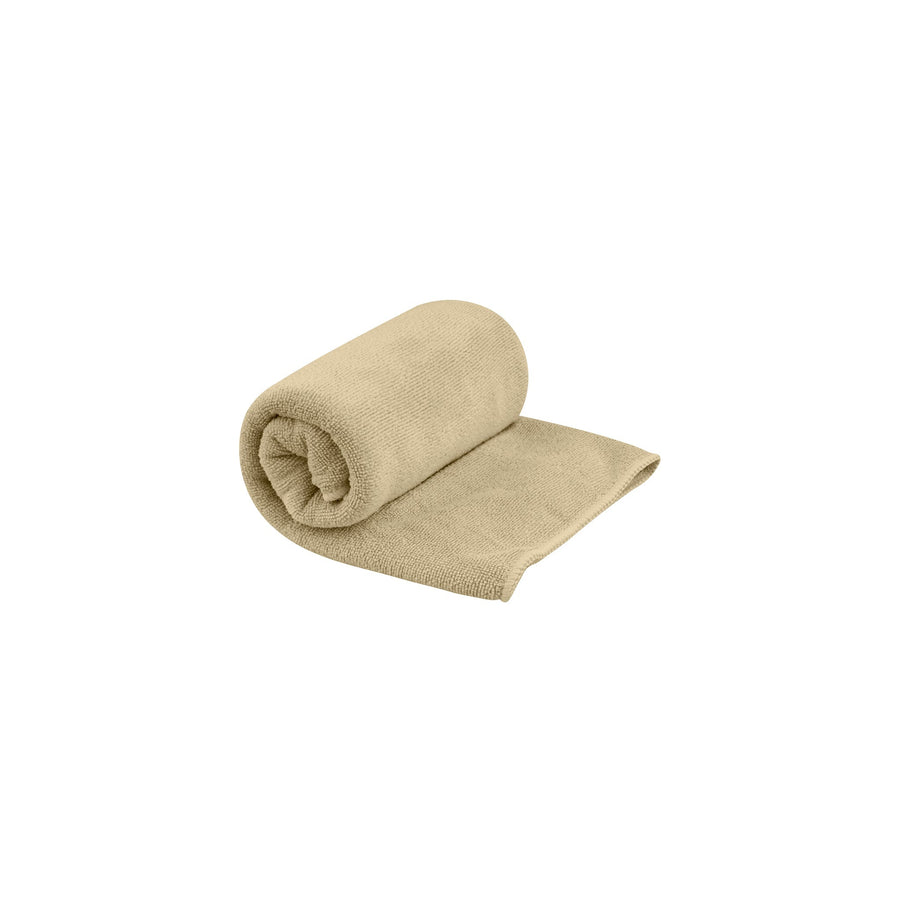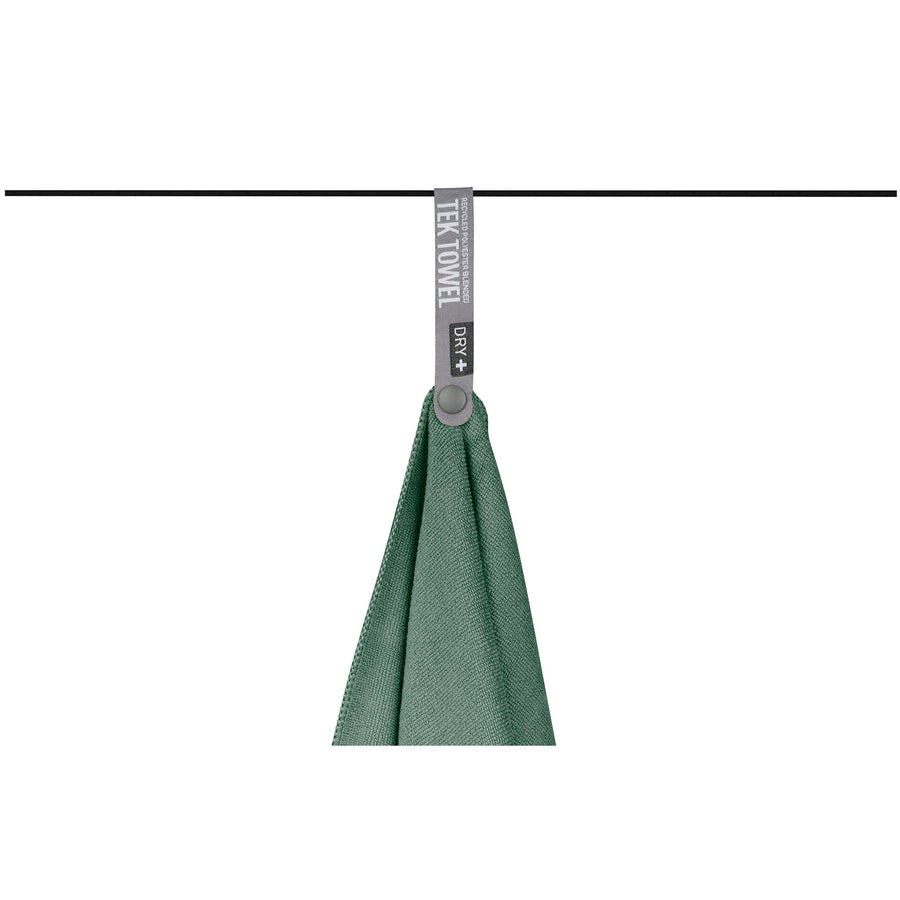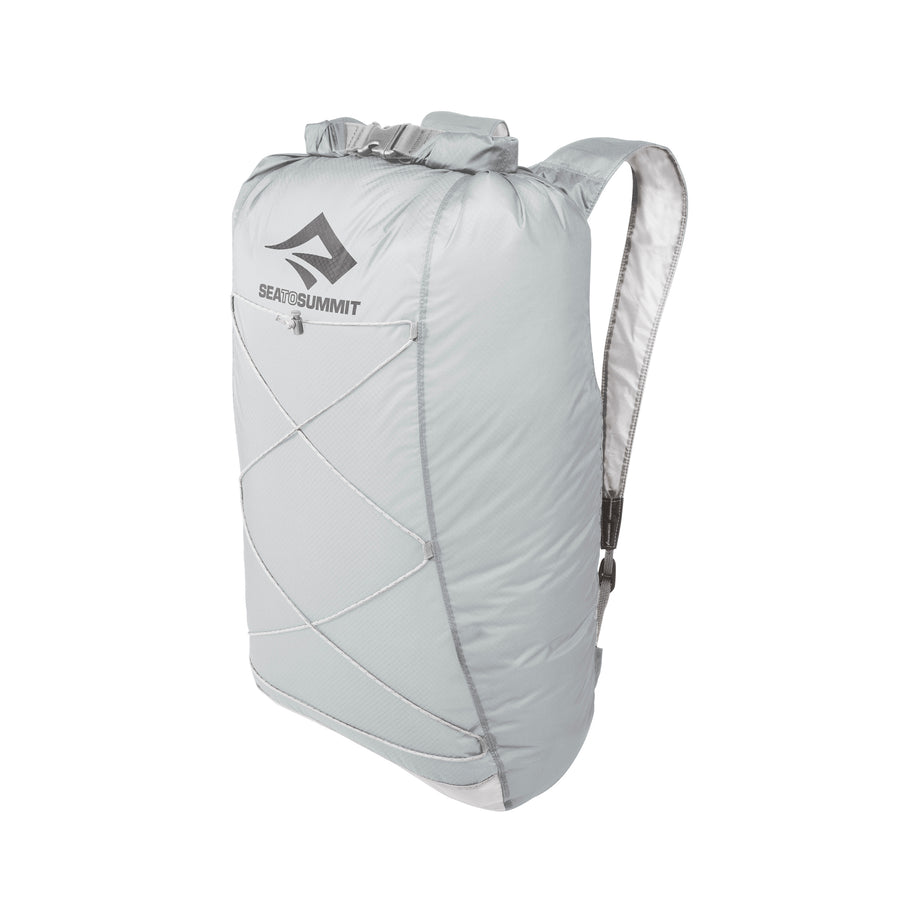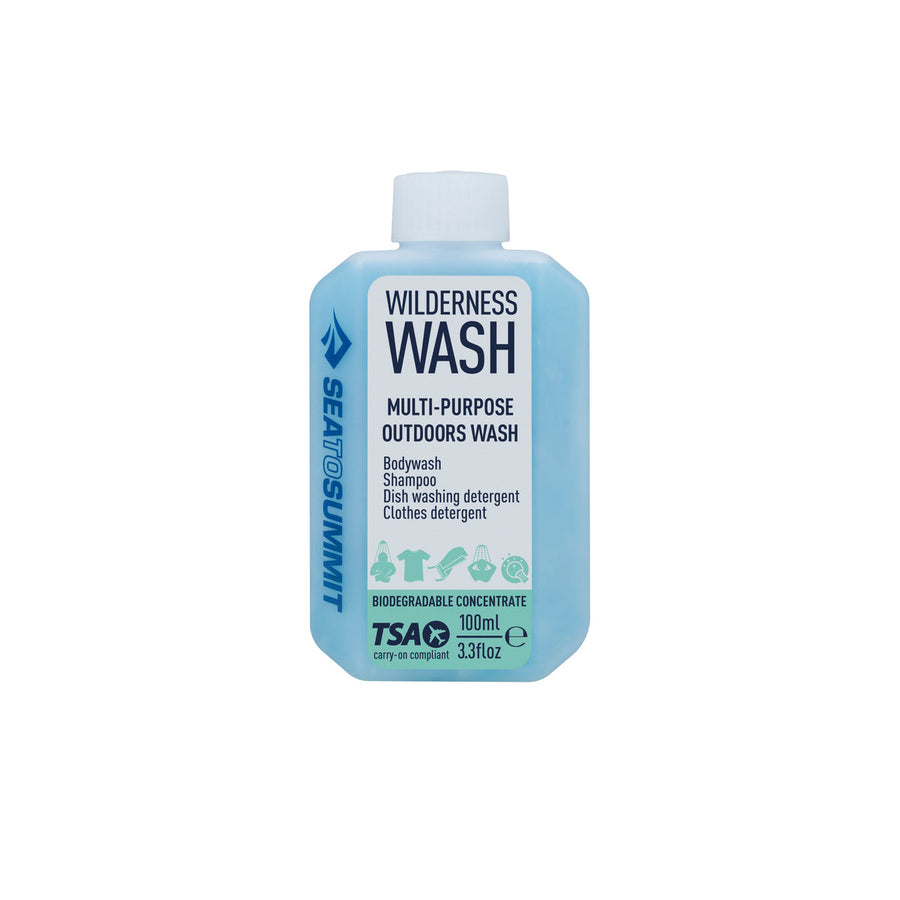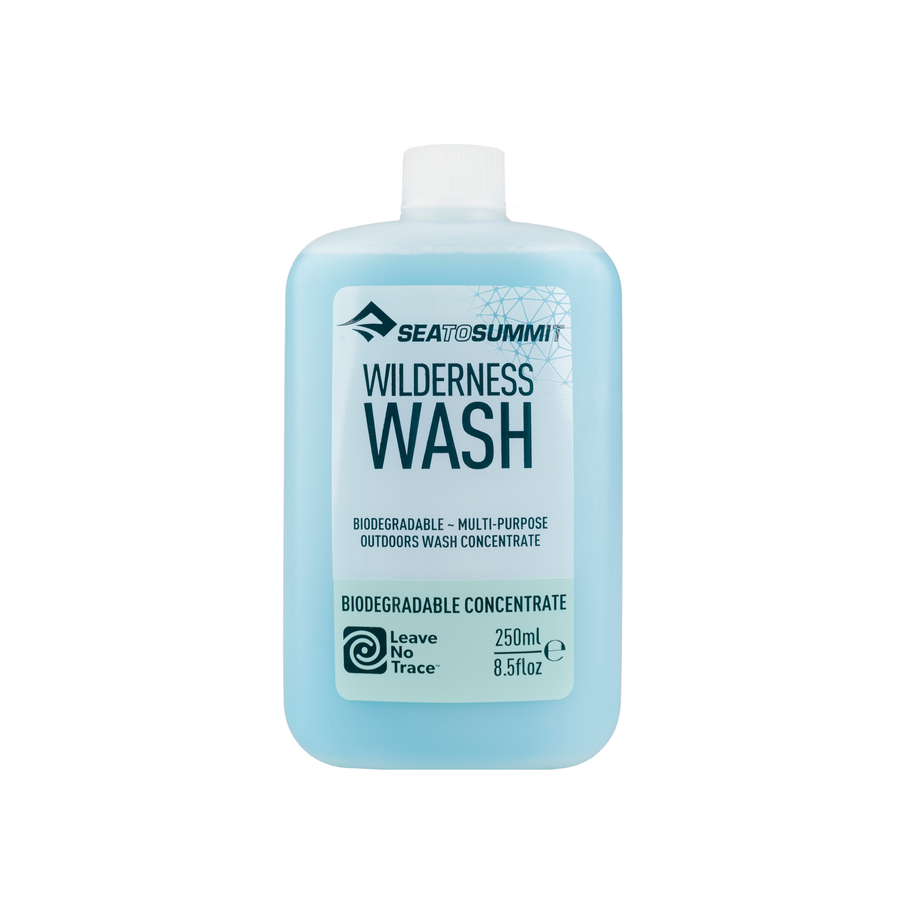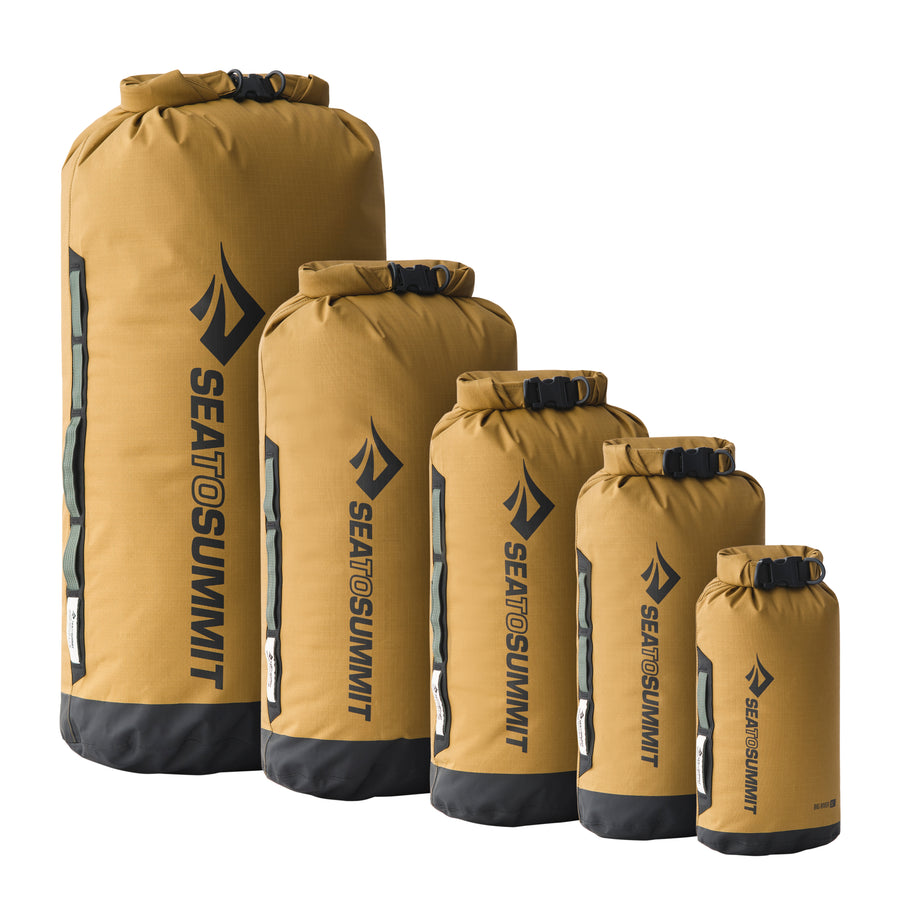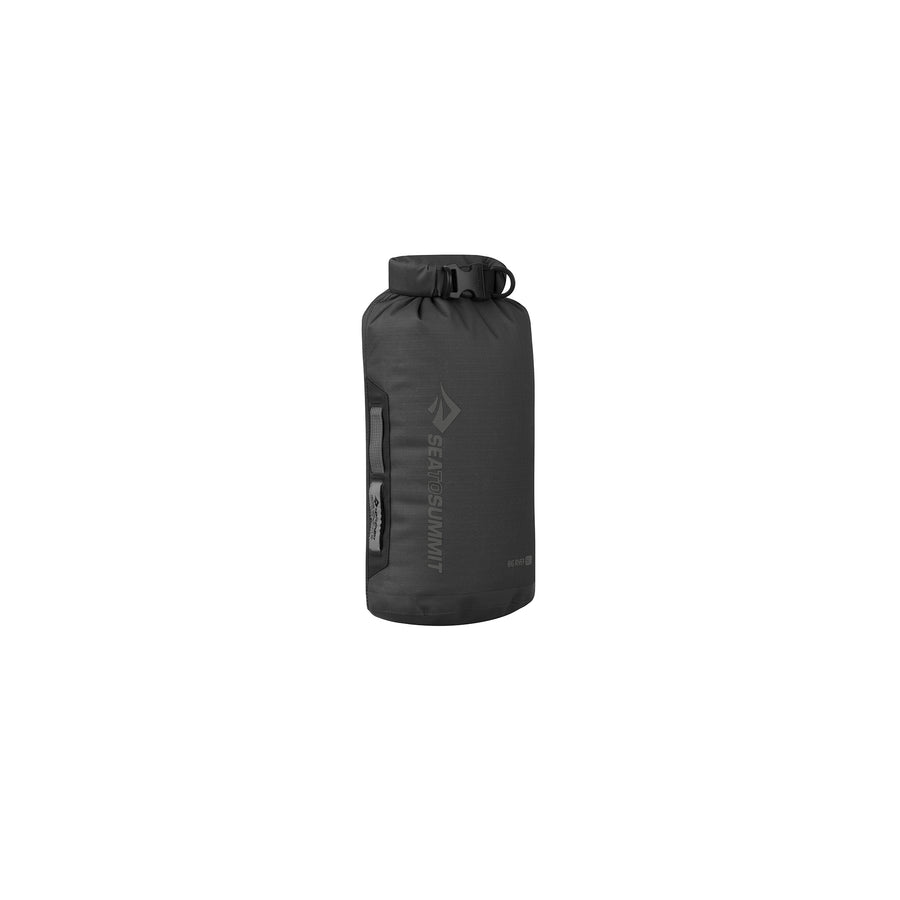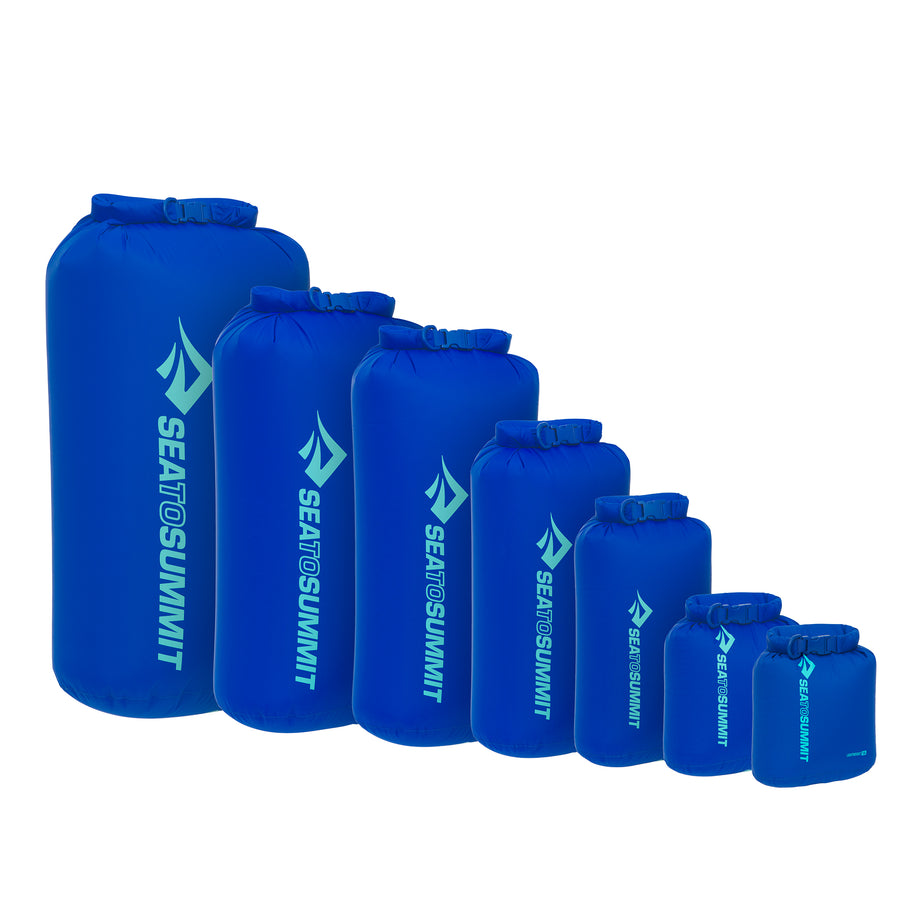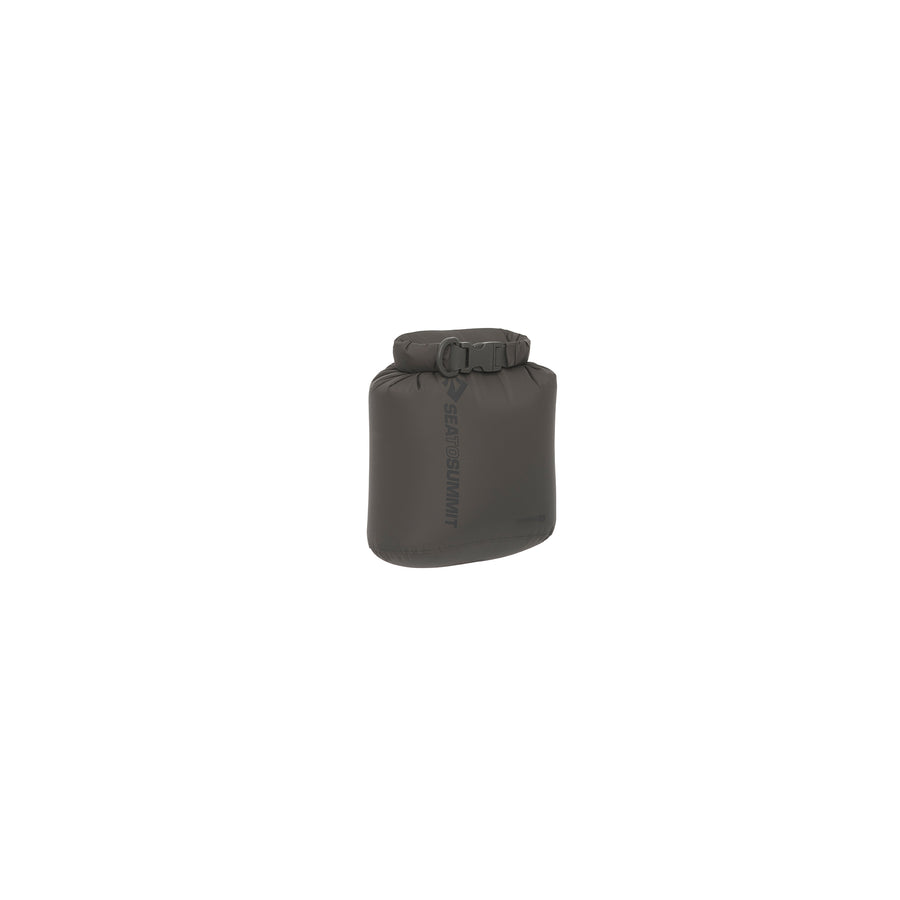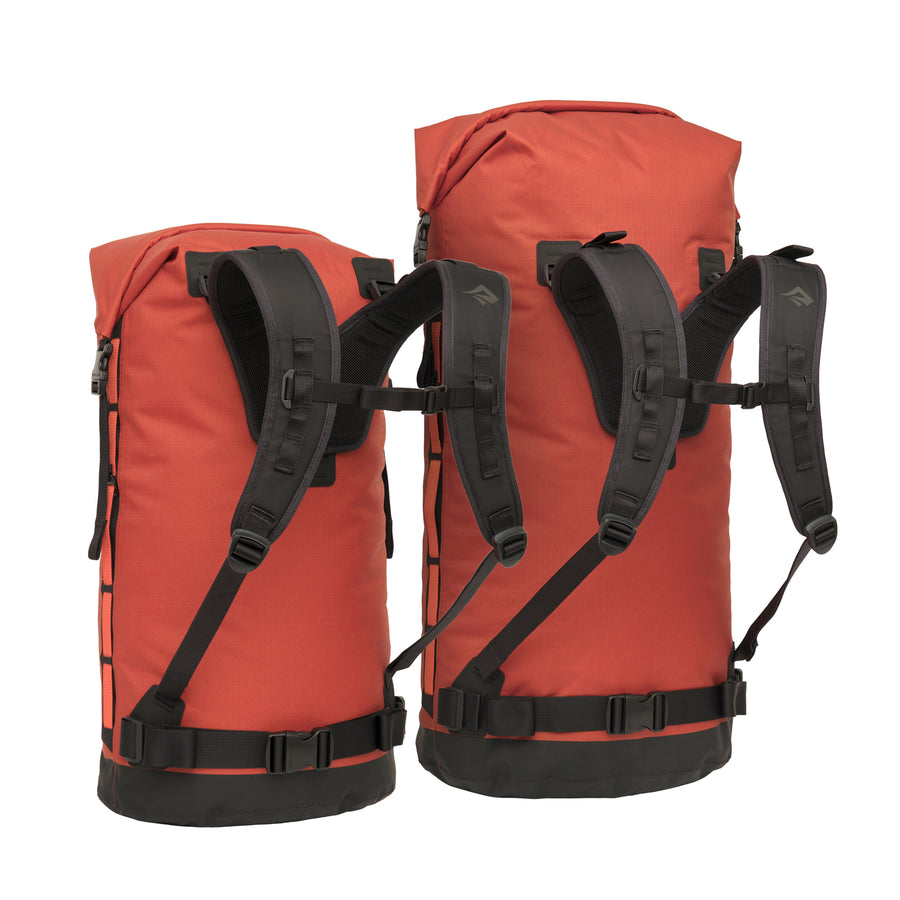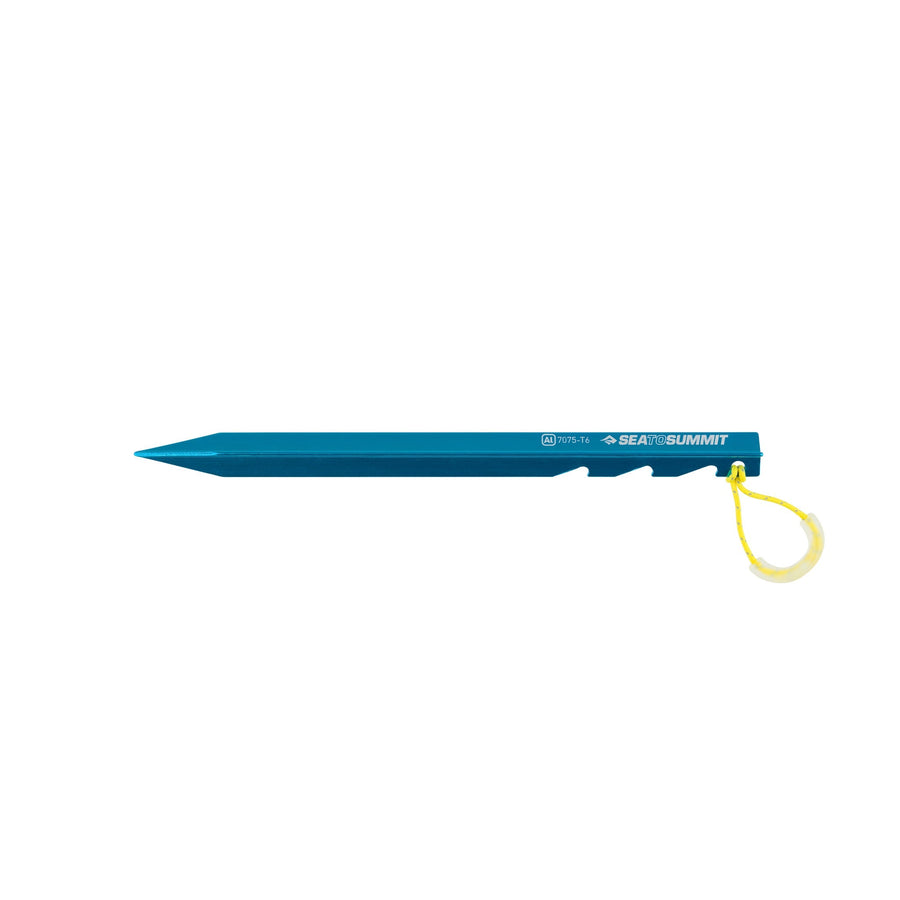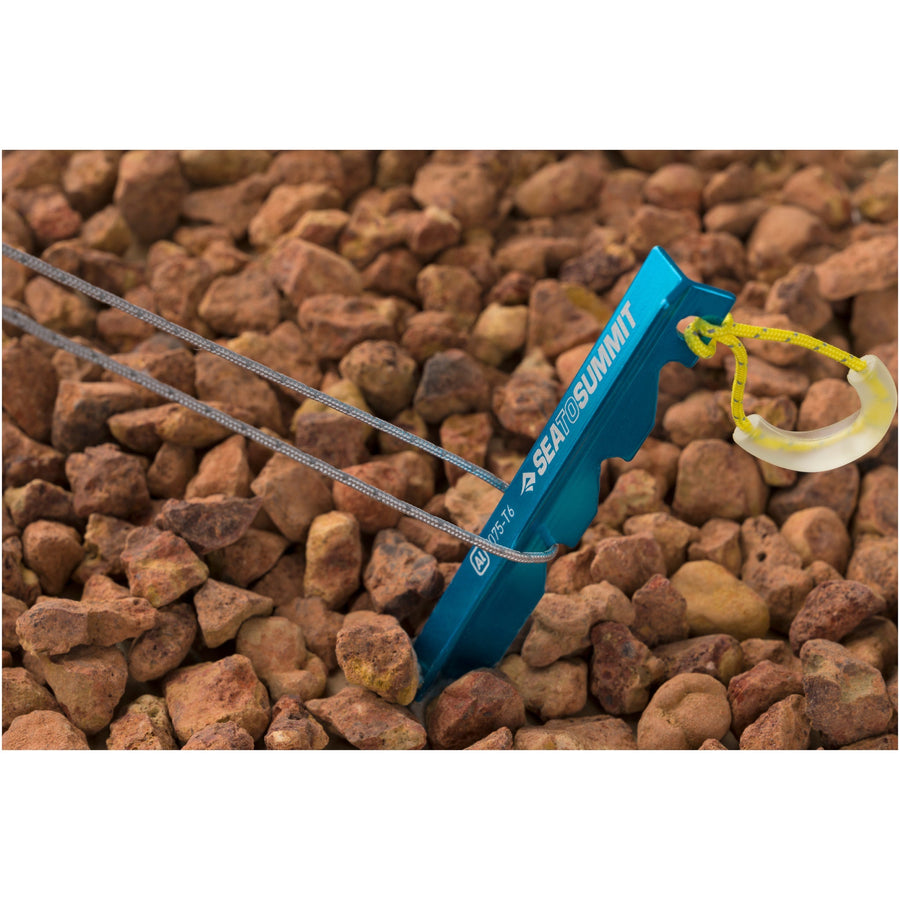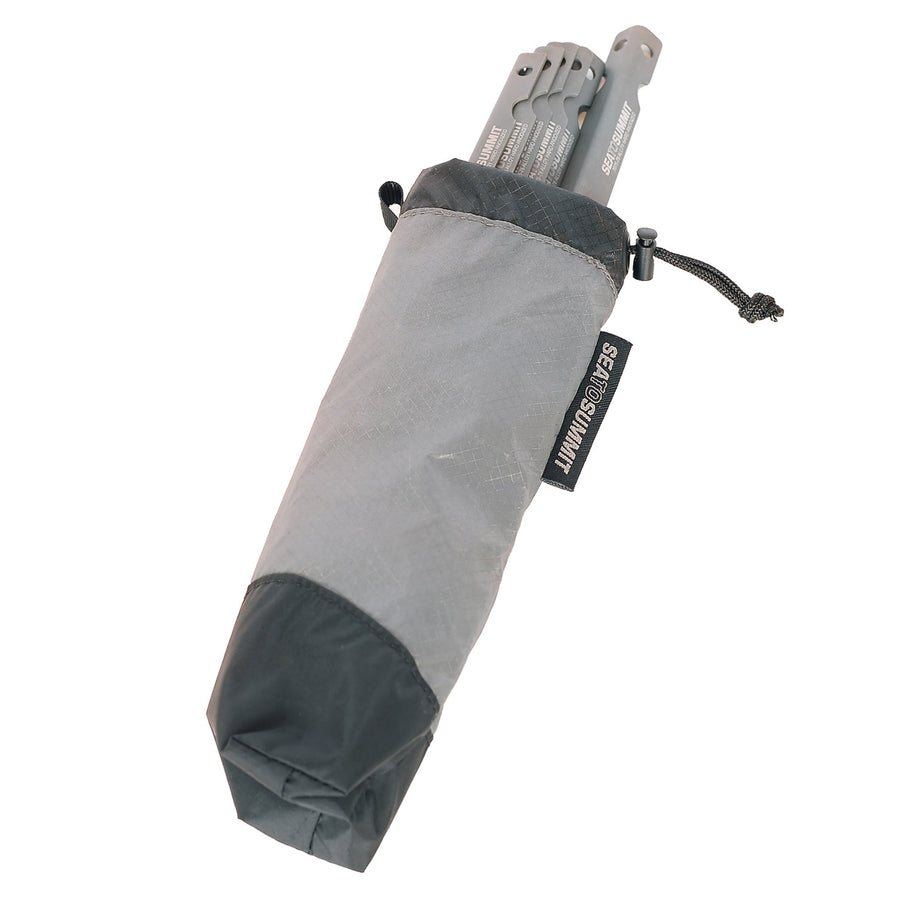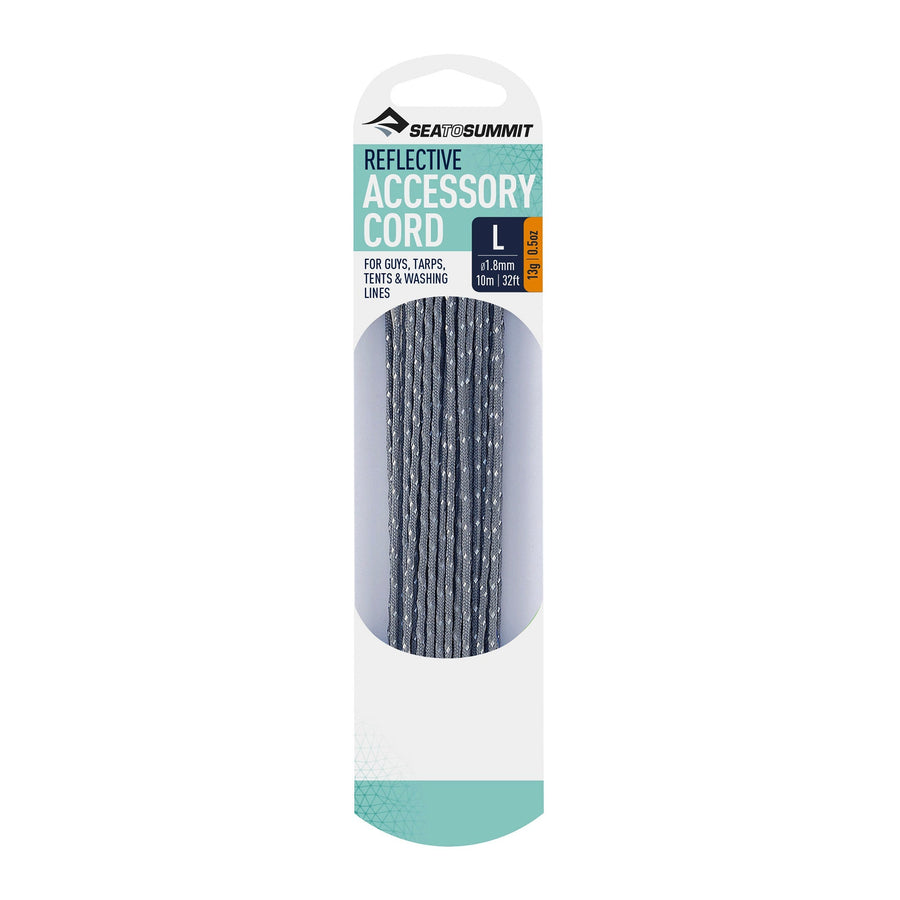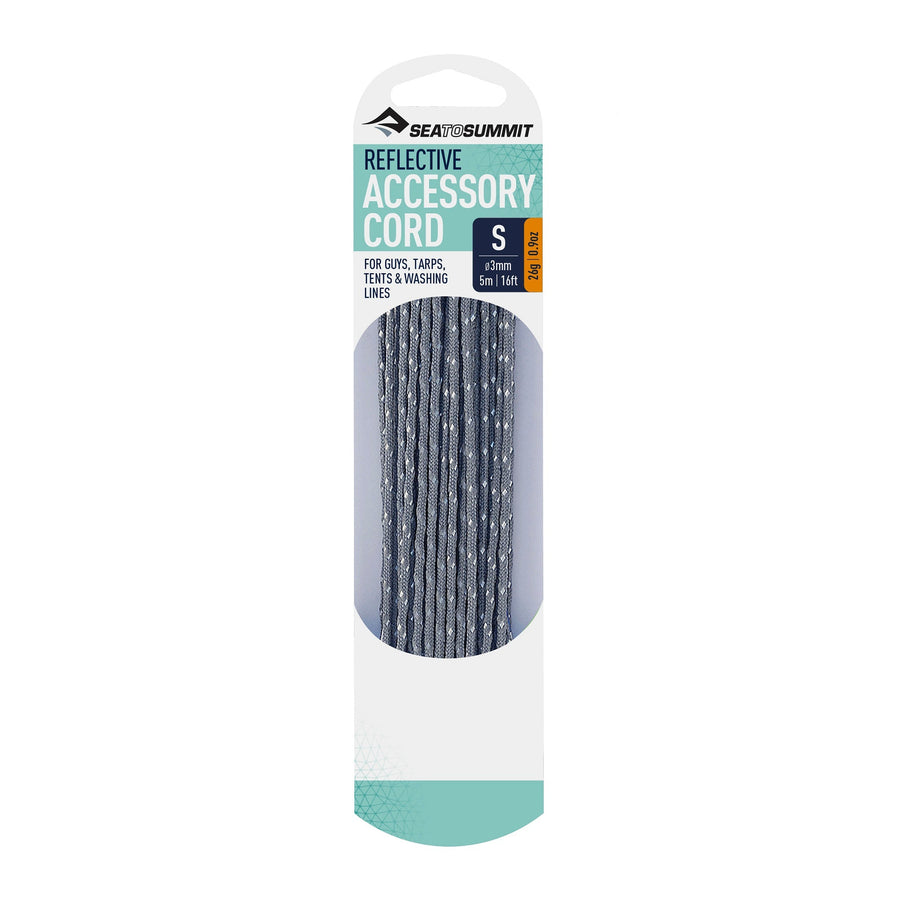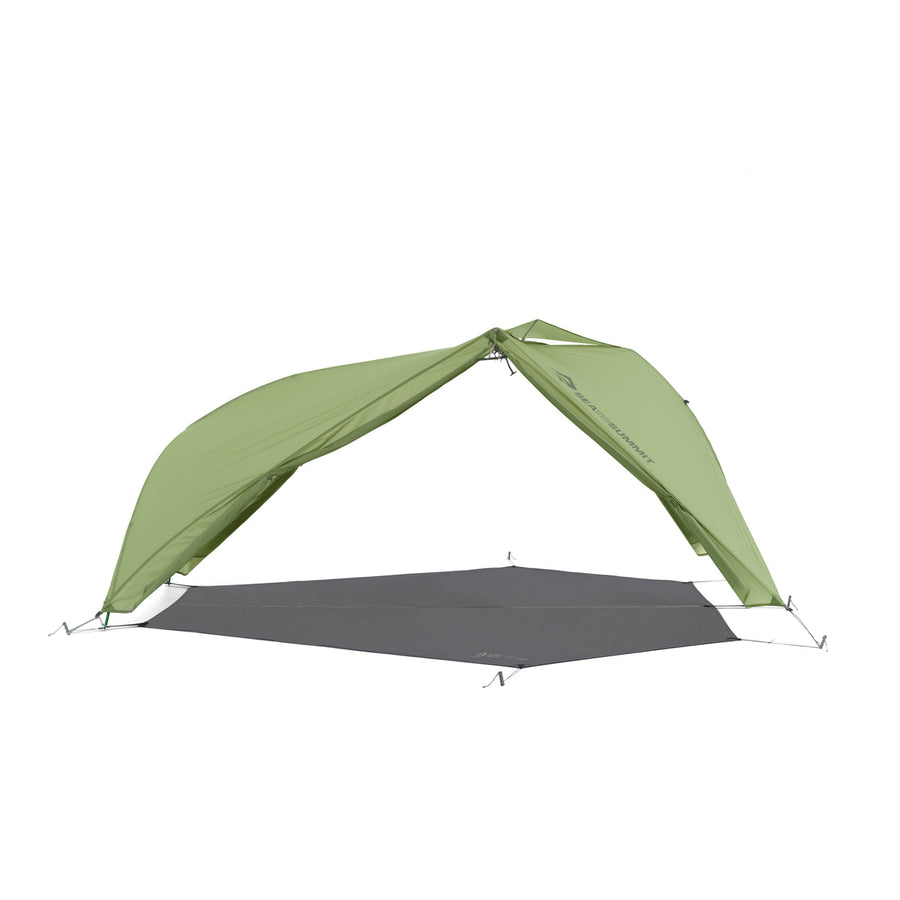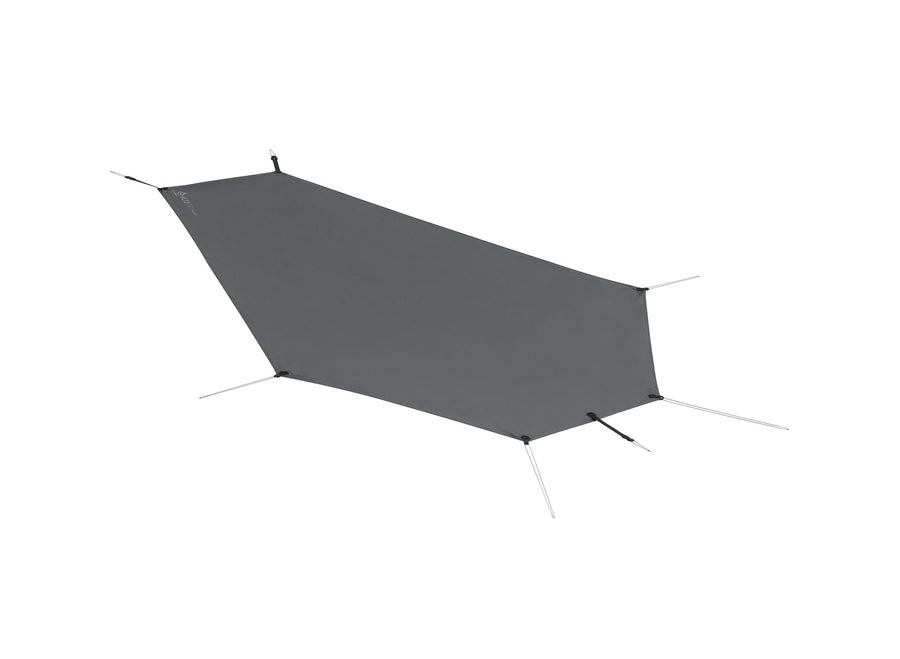So wählst und nutzt du deinen Backcountry-Campingplatz (ENG)

There’s a lot more to choosing the right campsite – and using that site correctly – than meets the eye.
Let’s start with a couple of assumptions:
- You are looking for a campsite because you are on an overnight backpacking trip. The criteria for car camping (and other forms of non-wilderness campsite use) are quite different.
- You have the luxury of choosing a site and aren’t forced into sheltering by bad weather or some other misfortune.

First things first: water
The first thing you normally need to think about is access to water. If you have a water filter, pretty much any lake or stream will do, although moving water tends to have less sediment in it than still water.
Having a Folding Bucket or UltraSil Folding Bucket will make it easy to transport water and to allow the sediment in it to settle prior to treatment. This is useful if you are using a UV device to sterilize water because UV light can refract off the particles and prevent sterilization. If you don’t have a filter (or sterilization tablets), you will need to boil all drinking/food preparation water.

Where to pitch your shelter?
Ideally, find a relatively flat piece of ground, one which is well-drained if possible. Check to make sure that the flat spot is not in a slight hollow, which can cause rainwater to pool up under your shelter. Some tents have floors which are not waterproof enough to deal with boggy ground making this step particularly important – read about waterproofness here.
Clear the area of anything sharp – not just small rocks and sticks, but the spines of sharp plants like thorns or cacti (which can poke through the tent floor and damage your sleeping mat).
Particularly if you are in the mountains, you will probably catch significant winds overnight. Do not camp above treeline unless circumstances force you to. Look for a site with as many trees or as much natural terrain to slow down the wind as much as possible. If you anticipate strong winds, pitch your shelter with the narrowest side facing the wind (which will ideally mean having the door on the side facing away from the wind).
Some tents have loops on the rain fly which provide extra guy points – a length of Accessory Cord is great for staking out your tent for extra stability and preventing it shaking or flapping in the wind.
Check for dead trees (or larger branches) which might fall on your shelter. It’s worth giving up a little of the windbreak effect which trees provide to prevent this from occurring. If your tent is free-standing, put something heavy inside it (like your backpack) while you get the rain fly staked out to prevent a sudden gust of wind from blowing it away.
If you are at lower elevations where the air is warm overnight and the chance of wind is slight, you should pitch your tent at whatever angle will give you the greatest through-flow of air, and thus the greatest amount of ventilation.
In many desert or canyon locations, flash floods can occur caused by thunderstorms which may be many miles away. A dry river bed (arroyo) is the last place you should pitch a tent, even if the weather seems dry.

What’s next?
Once you have got your shelter set up, and your sleeping mat and sleeping bag deployed (so the sleeping bag can loft up), it’s time to make dinner. If you are in an area where there are scavenging animals such as bears, you should make sure you prepare food 200 feet / 70m away from your tent to keep food smells separate from the place where you will sleep.
We’ve mentioned a few times on the Ask Baz blog that there is far more to backcountry cooking than pouring boiling water on freeze-dried food – Tips for Backcountry Meals. It’s safe to say, however, that good meal preparation involves a lot less cookware and tableware than you might think. For cookware think X-Pot (singular) and for tableware, think X-Bowls and X-Mugs…

After dinner
Once you have eaten, a Kitchen Sink or Ultra-Sil Kitchen Sink, some Wilderness Wash and a small sponge make cleanup easy. Scrape food scraps together from bowls and utensils and put them in the trash bag where they will not attract animals. Practice good Leave No Trace principles and dispose of any dishwater 300 ft/100m from the closest water source. Put all cookware, tableware, toiletries, and trash into a ‘critter bag’ (perhaps an Ultra-Sil Stuff Sack) and suspend this well above head height in a tree. Accessory Cord is ideal for this.
If you have a bear canister with you, all food should be packed in it overnight. If not, you will need a bear bag which you will hoist up into a tree. A Lightweight Dry Sack would work well – if you use an Ultra-Sil Dry Sack, you will need to be much more careful to avoid it snagging on branches and tearing.
Before lights out
If you made a campfire, be aware that hot embers can drift a long way and melt holes in tent rainfly and hammocks. Make sure your fire is at least 15 feet/5m away downwind from a tent or hammock. When it’s time to head for bed, it’s essential to douse the remains of the fire – once again, the Folding Bucket earns its place in your backpack.

The next morning
After a good night’s sleep undisturbed by a flapping rain fly – it’s time for breakfast, packing your gear and breaking camp. Breakfast means coffee, and coffee means the new X-Brew coffee filter. Go ahead, pour yourself a second cup while you pack all of your gear and clothing into UltraSil Dry Sacks and eVac Dry Sacks (the heart of a modular packing system which you can read about here).
Taking care of personal hygiene and toilet needs is also much simpler than you might think. Some people don’t care to talk about pooping in the woods, which is fine – you just need to know how to do it properly. Again, practice Leave No Trace principles by digging a cathole at least 300 feet/100m from a water source. Use the Nylon Pocket Trowel (in lighter soils) or the Alloy Pocket Trowel (where you might encounter rocks and roots) and dig the hole as deep as the handle and blade combined. Carry a bottle of Trek & Travel Hand Sanitizer and use it when you are finished. Wilderness Wipes are a great way to stay clean in the backcountry – your companions will appreciate you being clean as much as you do.
Before you go…
Once you have packed the last item into your pack, it’s time to scan the campsite for items which may have been missed: tent pegs and cutlery seem to be the favorites here. While you’re scanning the site, make sure you leave it the way you found it the night before – or better.
Then, head on up the trail.
